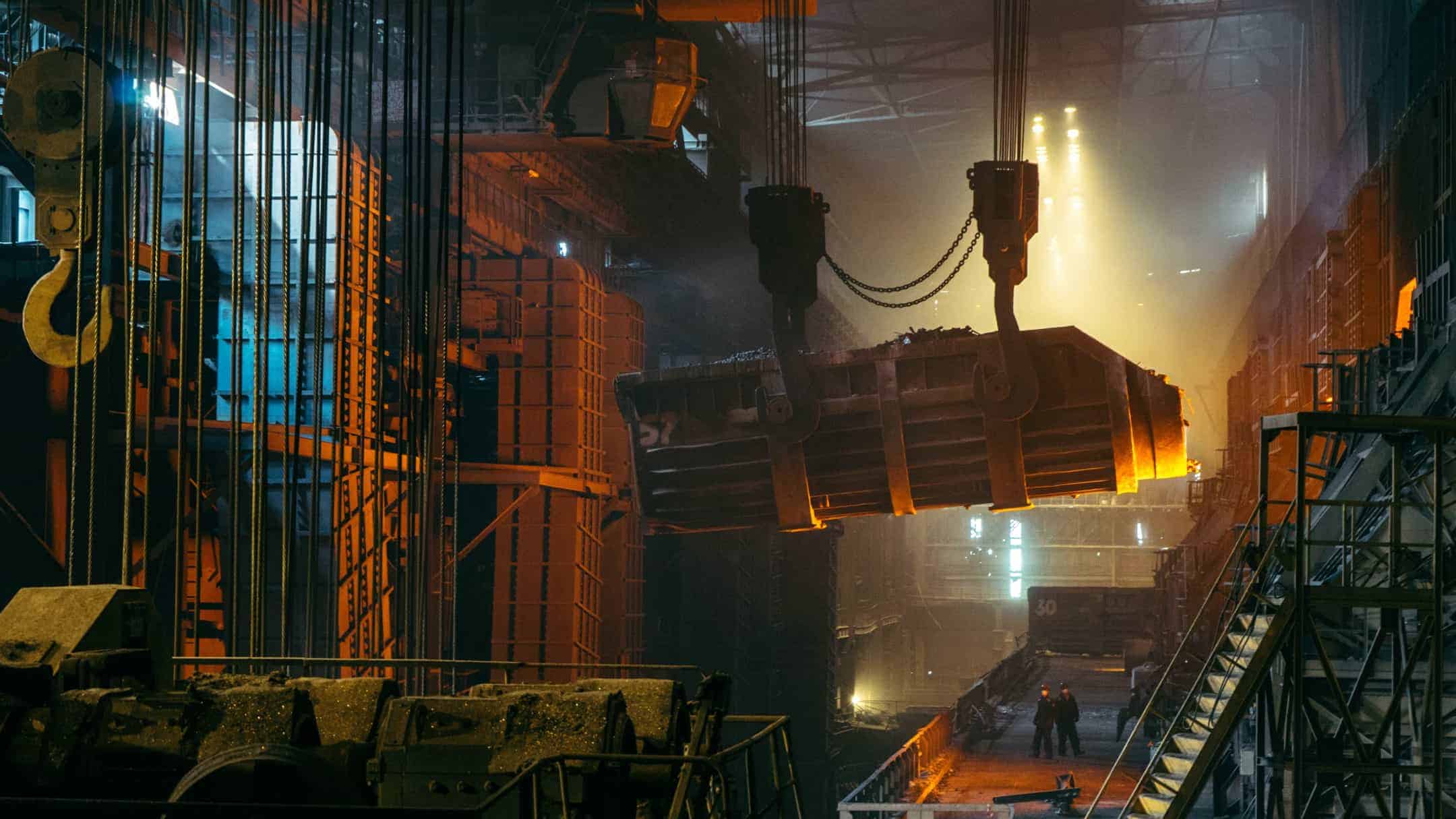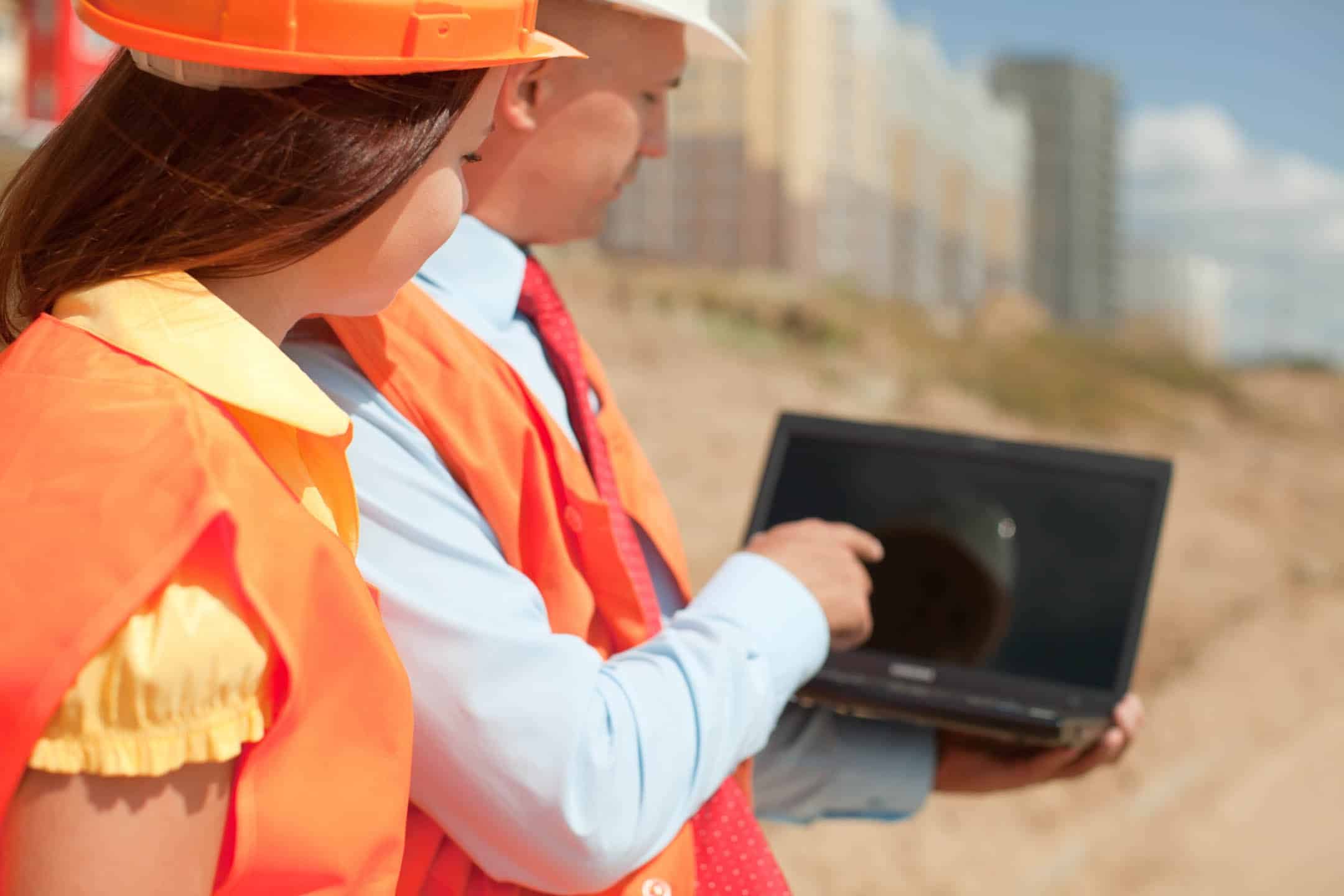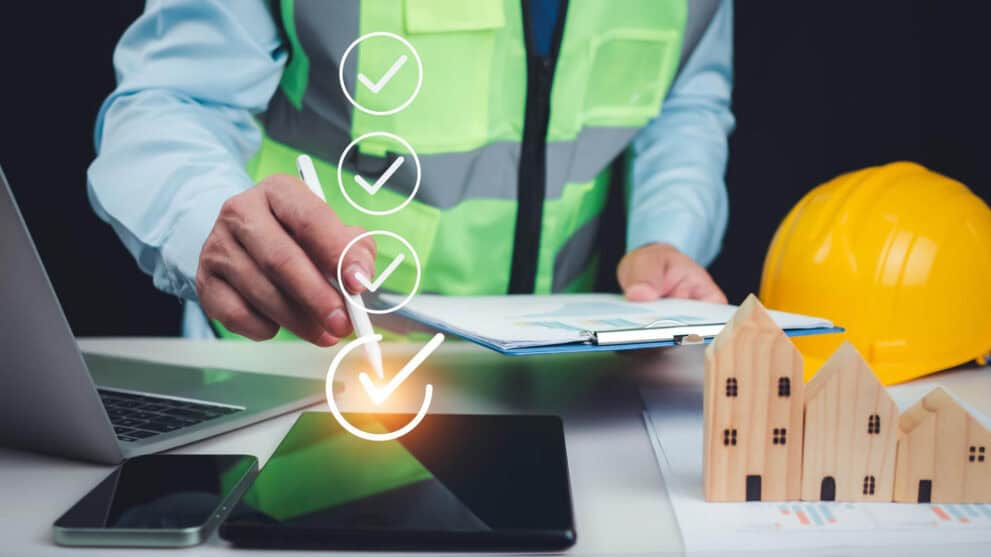Construction projects are complex and often unpredictable, making proactive risk management essential at every stage. One of the most effective ways to protect your investment and ensure long-term build quality is through structured, professional site inspections. These inspections form a vital part of the building warranty process, helping to identify issues early, reduce risks, and ultimately deliver safer, higher-quality properties.
At BuildSafe, our risk management inspections are a cornerstone of our approach to supporting developers, builders and homeowners. Here’s everything you need to know about how they work, why they matter and how they directly support your warranty coverage.
Why Site Inspections Matter in Risk Management
The Role of Inspections in Reducing Construction Risks
Risk management site inspections act as a frontline defence against defects and non-compliance which reduces construction risks by identifying potential issues early, before they escalate into costly or even dangerous problems. Inspections are undertaken at different stages and provide an independent verification that construction work aligns with technical standards, industry best practices and forms part of the building warranty requirements.
Regular inspections ensure that the work meets both building regulations and warranty standards. This not only strengthens compliance but also promotes a safer working environment. Safety hazards, design flaws or substandard workmanship can be addressed immediately, reducing the likelihood of accidents, enforcement action or legal disputes.
Benefits for Developers, Builders, and Homeowners
For developers and builders, proactive inspections mean:
- Fewer delays
- Improved build quality
- Stronger professional reputations.
These benefits extend to reducing potential legal disputes, as inspections help demonstrate compliance and due diligence should issues arise. For homeowners, inspections provide confidence that the property they are buying is built to a high standard and that any covered defects will be addressed quickly under the building warranty. Everyone involved benefits from better risk control, smoother handovers, and greater long-term satisfaction.
When and How We Conduct Site Inspections
Key Stages of the Construction Process
Risk management site inspections typically take place at critical milestones in the build, such as:
- Foundation stage
- Structural frame completion
- Roof installation
- First fix (before plastering)
- Pre-completion handover
At each of these stages, inspectors assess whether the work meets both regulatory standards and building warranty provider criteria.
Frequency and Scheduling of Inspections
The number and timing of inspections are determined by the complexity of the project, its risk profile and the requirements of the warranty provider. A standard residential project might require around six to eight inspections, while larger or more complex projects could need more frequent visits. Scheduling inspections around major construction milestones ensures that no critical stage is missed.
What We Look for During Each Visit
During each site visit, our inspectors assess key elements such as structural integrity, material quality, compliance with plans and specifications, workmanship standards, fire safety measures, and adherence to building regulations. Any potential issues are flagged early so they can be rectified before progressing to the next stage.

What You Can Expect from Inspection Reports
Detailed Feedback and Action Points
After each site inspection, you’ll receive a detailed report outlining the inspector’s findings. The report highlights areas of compliance, identifies concerns and suggests clear, actionable recommendations for any necessary remedial work.
Common Issues and How We Flag Them
Common issues include insufficient foundations, poor drainage planning, inadequate fire stopping, defective waterproofing and non-compliant insulation installation. When we identify concerns, we categorise them according to severity and urgency, ensuring you understand what needs immediate attention versus areas for monitoring.
Supporting Long-Term Build Quality
Inspection reports are more than just a checklist, they are a tool for continual improvement. Following recommendations not only helps rectify immediate concerns but also enhances the overall resilience, performance and longevity of the building, supporting the homeowner’s investment and reducing the likelihood of future claims under the building warranty.
Your Role During a Site Inspection
Preparing for the Inspection
Preparation is key to a successful inspection. Ensure that the area to be inspected is accessible, clean and safe for inspection staff. Relevant documents, plans and specifications should be readily available for cross-referencing on site.
Collaborating with Inspectors
Remember, inspectors are not there to find fault, they are partners in delivering a safe, compliant build. By maintaining open communication, answering questions and facilitating site access, you help ensure the inspection runs smoothly and productively and timely.
Following Up on Recommendations
Act promptly on any action points highlighted in the inspection report. Rectifying issues quickly prevents delays and helps maintain the flow of the construction programme. Always document any remedial work carried out, including photos, invoices and updated drawings if relevant.
How Site Inspections Support Your Warranty Coverage
Meeting Warranty Requirements
Inspections are a very important part of securing and maintaining a valid building warranty. Warranty providers require evidence that each construction phase was completed to approved standards before issuing final certification because this poses a higher risk. Missed or failed inspections could also jeopardise your ability to obtain full warranty protection.
Reducing the Risk of Claims Denial
If a defect arises after completion, warranty providers will review inspection records as part of the claims assessment process. Thorough, positive inspection reports significantly strengthen your position if you need to claim under your building warranty.
Strengthening Your Project’s Compliance
Consistent inspections and documented rectifications demonstrate a strong commitment to compliance and risk management. When dealing with lenders, insurers, future buyers, or building control officers, having risk management site inspections are extremely advantageous. They
Risk management site inspections aren’t just a formality but a proactive tool to ensure that your construction project is delivered safely for all parties involved. Early detection and correction of issues improve build quality and protect your investment for the long term.
Taking a proactive approach to risk management through scheduled inspections saves time, money, and stress. It ensures your project remains on track, protects future homeowners, and preserves your eligibility for comprehensive building warranty cover. With BuildSafe inspections supporting your project, you can build with confidence.






